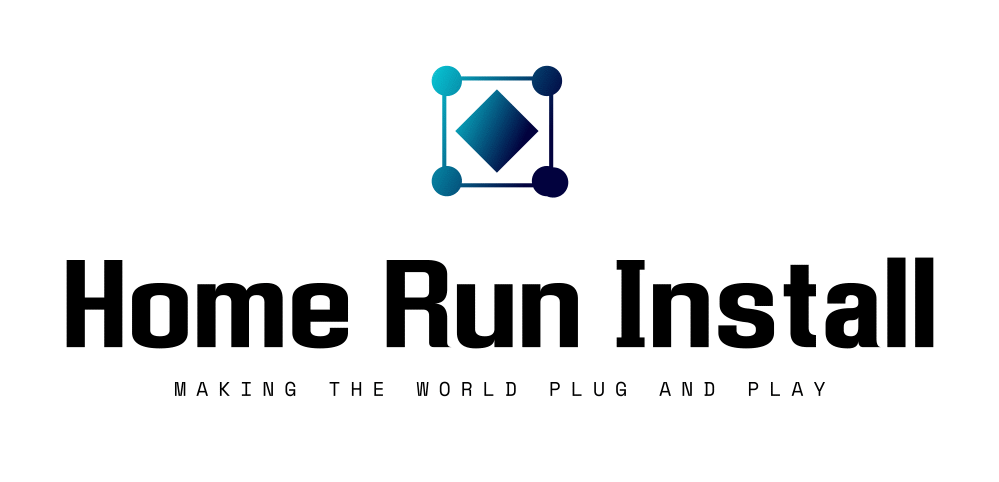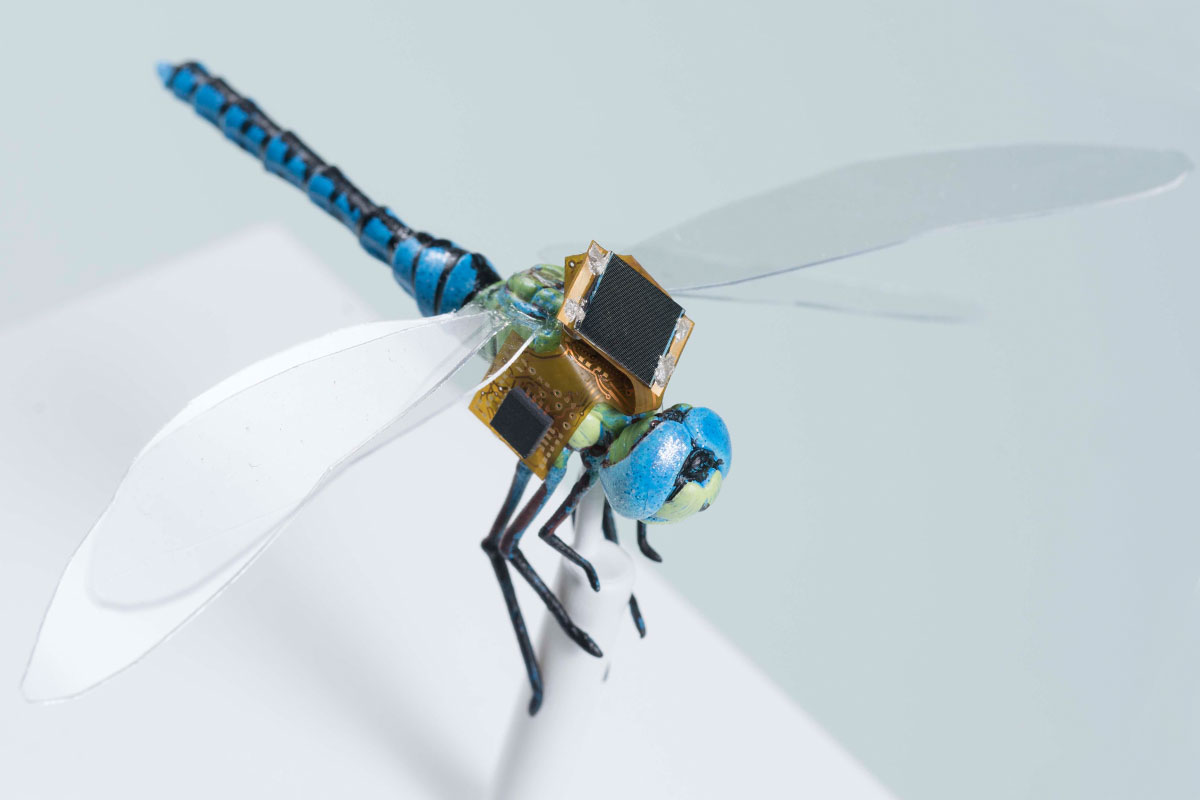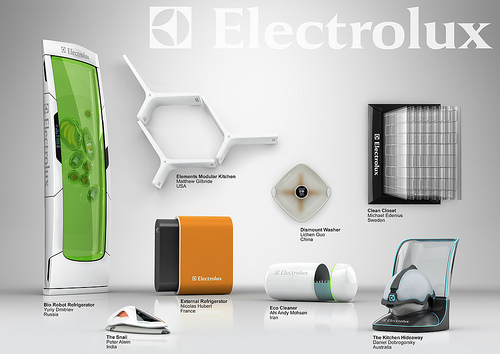6 easy, affordable smart home features that could help you sell your house faster – remaxrunner
6 easy, affordable smart home features that could help you sell your house faster…RE/MAX 17 February 2017 Fresh paint on the walls, professional staging and an asking price that ends in 999 — when you’re selling your home, you’ll do whatever you can to help it stand out and sell faster. Because the National Association of Realtors is predicting modest growth for the 2017 real estate market, as a seller you want every edge you can get. And on the heels of the popular Consumer Electronics Show in January, perhaps that edge is a smarter home.”Smart home features are designed to make homes more convenient, appealing, secure and energy-efficient — all of which are bonuses when you’re trying to sell a house,” says Geoff Lewis, president of RE/MAX, LLC. “Sellers who want to move their homes faster may benefit from adding smart features that make their properties more appealing to tech-minded buyers.”According to IHS Markit and CNBC, 80 million smart home devices were delivered worldwide last year. That’s a 64 percent increase from 2015.Here are six trending smart home features that might catch buyers’ attention and help sell your home faster:Keyless/remote entry door locks. Have you ever left the house and worried that you left the front door unlocked? If your home is equipped with a keyless/remote entry door lock — available from multiple manufacturers — you can use an app on your smartphone to lock the door from wherever you are. Some manufacturers make versions that will also send a text or email to your phone when the door opens. Locks that can be programmed with multiple entry codes also allow you to see who comes and goes and when.Smart lighting. From lighting automation that allows you to control lights remotely and wirelessly, to energy-efficient LED bulbs that can change color to match your mood and decor, lighting has come a long way. Some smart lights work in tandem with home automation systems to allow you to turn them on or off, or even dim them, from an app on a smartphone or tablet. Others require no communication hub and can be controlled directly from your mobile device. You can also put some smart bulbs on timers (using your wireless device), sync them with certain TV shows or movies, and integrate them with security cameras and thermostats.DIY security systems. Don’t want to sign a contract or deal with complex security systems? Install-it-yourself security systems are affordable and offer security features like cameras, sensors, motion detectors and alarms or sirens, without the need for a security service to monitor them.Smart appliances. The Internet of Things (IoT) — everyday objects that have network connectivity — includes a growing list of smart appliances. Many manufacturers are offering washers, dryers, refrigerators and other home appliances that can communicate with you — and each other — wirelessly. Many can be controlled remotely from your smartphone — so if you leave the house and can’t remember if you turned off the stove, you can check in and turn it off using your smartphone app.While appliances aren’t always included in a home sale, they do make for interesting features that keep your home top of mind to buyers.Smart plugs. One of the easiest, most affordable smart home upgrades you can make is to add smart plugs to your home. These Wi-Fi-enabled plugs fit existing outlets and can be controlled from a smartphone app. Plug anything into a smart plug, like lights or a television, and you can turn it on or off remotely, track energy consumption, or even create an on-off schedule.Temperature controls. Programmable thermostats were just the beginning; today’s home temperature controls are even smarter. Like other smart home features, smart thermostats can be controlled remotely from your mobile device. You can program them to make automatic temperature adjustments and then use your smartphone to override the program like turning up the heat on a particularly cold day. Some smart thermostats learn from household behavior and adjust the temperature to meet your family’s needs and save energy, while others adjust based on the number of people in a room. And several can now be operated via voice-controlled virtual assistants.”Many of these smart home features are surprisingly easy and affordable to install,” Lewis says. “Sellers who are open to the idea of investing a little money to possibly help get a speedier sale, may want to consider adding the smart features buyers will be looking for in 2017.”If you’re thinking of selling your home, find more helpful information at www.remax.com.
Source: 6 easy, affordable smart home features that could help you sell your house faster – remaxrunner
























